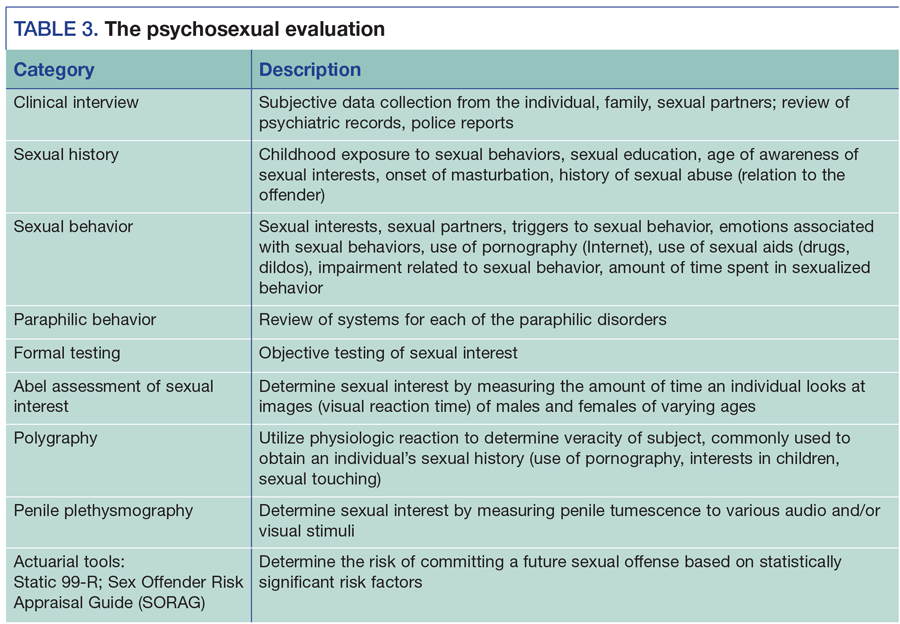

Other enhancements have been introduced to promote ease of use across all settings, including: Representation of developmental issues related to diagnosis Integration of scientific findings from the latest research in genetics and neuroimaging Consolidation of autistic disorder, Asperger's disorder, and pervasive developmental disorder into autism spectrum disorder Streamlined classification of bipolar and depressive disorders Restructuring of substance use disorders for consistency and clarity Enhanced specificity for major and mild neurocognitive disorders Transition in conceptualizing personality disorders New disorders and features Online enhancements.- Publisher description This new structure corresponds with the organizational arrangement of disorders planned for ICD-11 scheduled for release in 2015. The disorders included in DSM-5 were reordered into a revised organizational structure meant to stimulate new clinical perspectives.

The classification of disorders is harmonized with the World Health Organization's International Classification of Diseases (ICD), the official coding system used in the United States. Since a complete description of the underlying pathological processes is not possible for most mental disorders, it is important to emphasize that the current diagnostic criteria are the best available description of how mental disorders are expressed and can be recognized by trained clinicians. This is the standard reference for clinical practice in the mental health field.


 0 kommentar(er)
0 kommentar(er)
